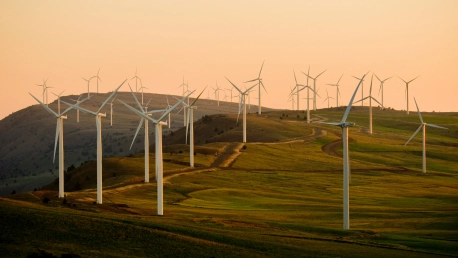The U.S. has made significant strides in implementing renewable energy, with solar power leading the charge, as confirmed by the latest reports. 2023 saw a considerable uptick in solar energy production, propelling the nation toward a cleaner energy future. Though wind energy experienced a slight dip, it remains a strong element of America’s energy mix. Insights from the 2024 Climate Central report highlight these shifts in renewable energy usage. As America pivots to eco-friendlier energy options, understanding these patterns is essential for guiding energy policies and meeting environmental objectives. The country is on a clear trajectory to reduce its carbon footprint, with solar and wind power playing pivotal roles in this transformative journey toward sustainability.
Solar Energy’s Bright Future
The journey toward a more sustainable America has found a strong ally in solar power. According to the 2023 figures, solar energy production leaped by 16%, amounting to 238,121 Gigawatt-hours (GWh). This surge is not only impressive in the context of year-on-year growth but also signals a robust commitment to reducing reliance on fossil fuels. States like California have maintained their position at the forefront, contributing over 68,800 GWh to the solar grid, while states such as Texas are not far behind, with a noteworthy 37% growth in their solar capacity.Continued advancements in solar technology, along with supportive policy frameworks, have paved the way for this expansion. The federal government’s endorsement of renewable energy through initiatives such as the Inflation Reduction Act has played a pivotal role in propelling solar investments. With tax credits and funding aids bringing down the cost barrier, solar installations have become more accessible nationwide. This policy-driven momentum is poised to keep solar energy on an upward trajectory, drawing us closer to the goal of 100% carbon-free electricity by 2035.
Wind Energy’s Sustained Contribution
Despite a small 2% dip in production to 425,235 GWh in 2023, wind energy remains a key component of the U.S. energy mix, accounting for about 10% of the nation’s electricity. This slight decrease does not overshadow the overall upward trend; wind power has doubled remarkably over the past decade. Texas, with its 119,836 GWh contribution, underscores the importance of state-level commitment to wind energy advancement.The progress of U.S. climate goals, including the 2030 target of cutting emissions by 50-52%, heavily depends on renewable sources like wind. The recent drop in wind power generation highlights the fluctuations inherent in the renewable sector, influenced by policy, market forces, and technological developments. Nevertheless, the trend towards renewables continues strongly. Future projections suggest a bright scenario where wind and solar could comprise more than half of the U.S electricity capacity by 2035, positioning wind energy as a resilient and growing force in the country’s sustainable future.









